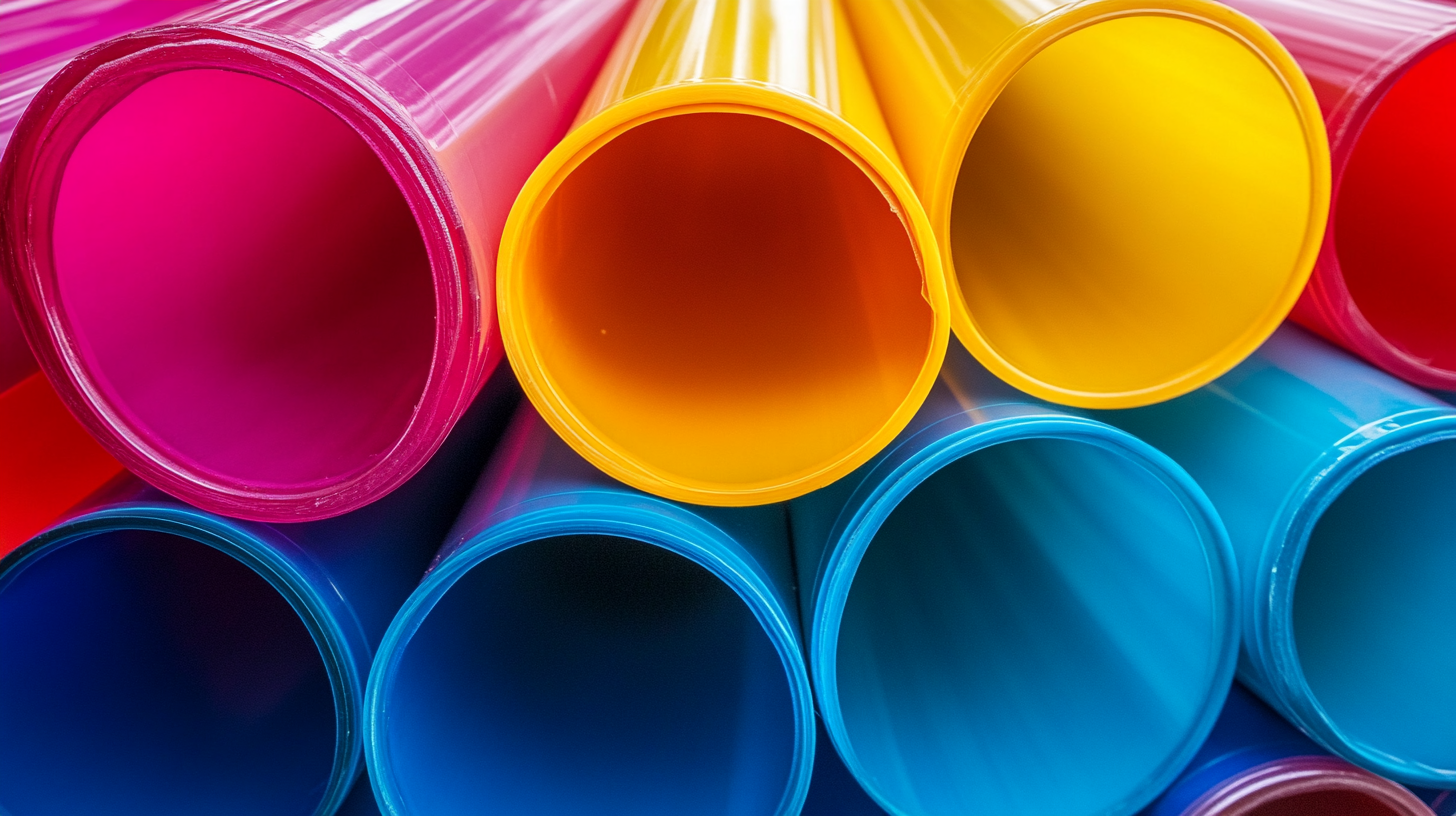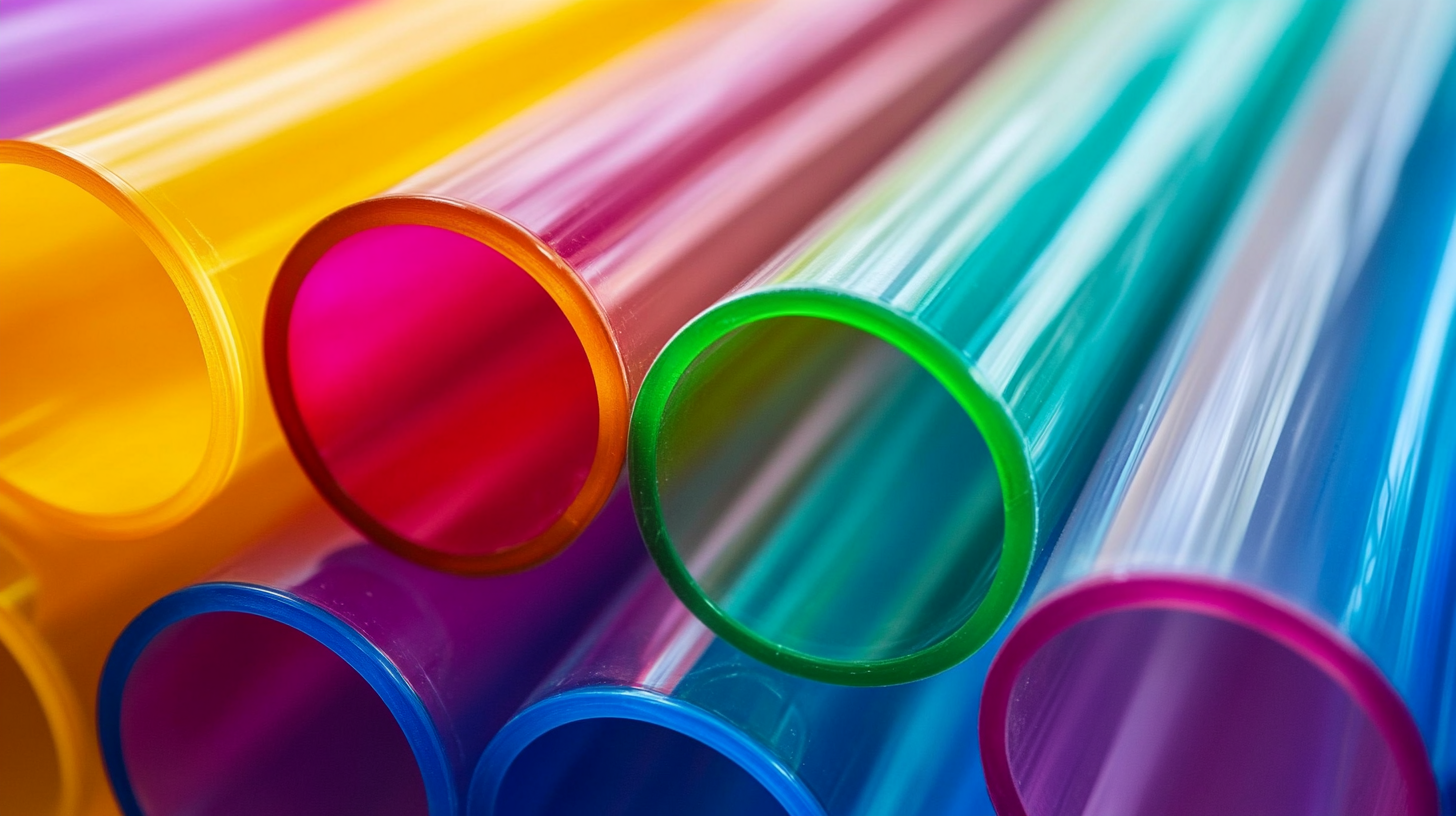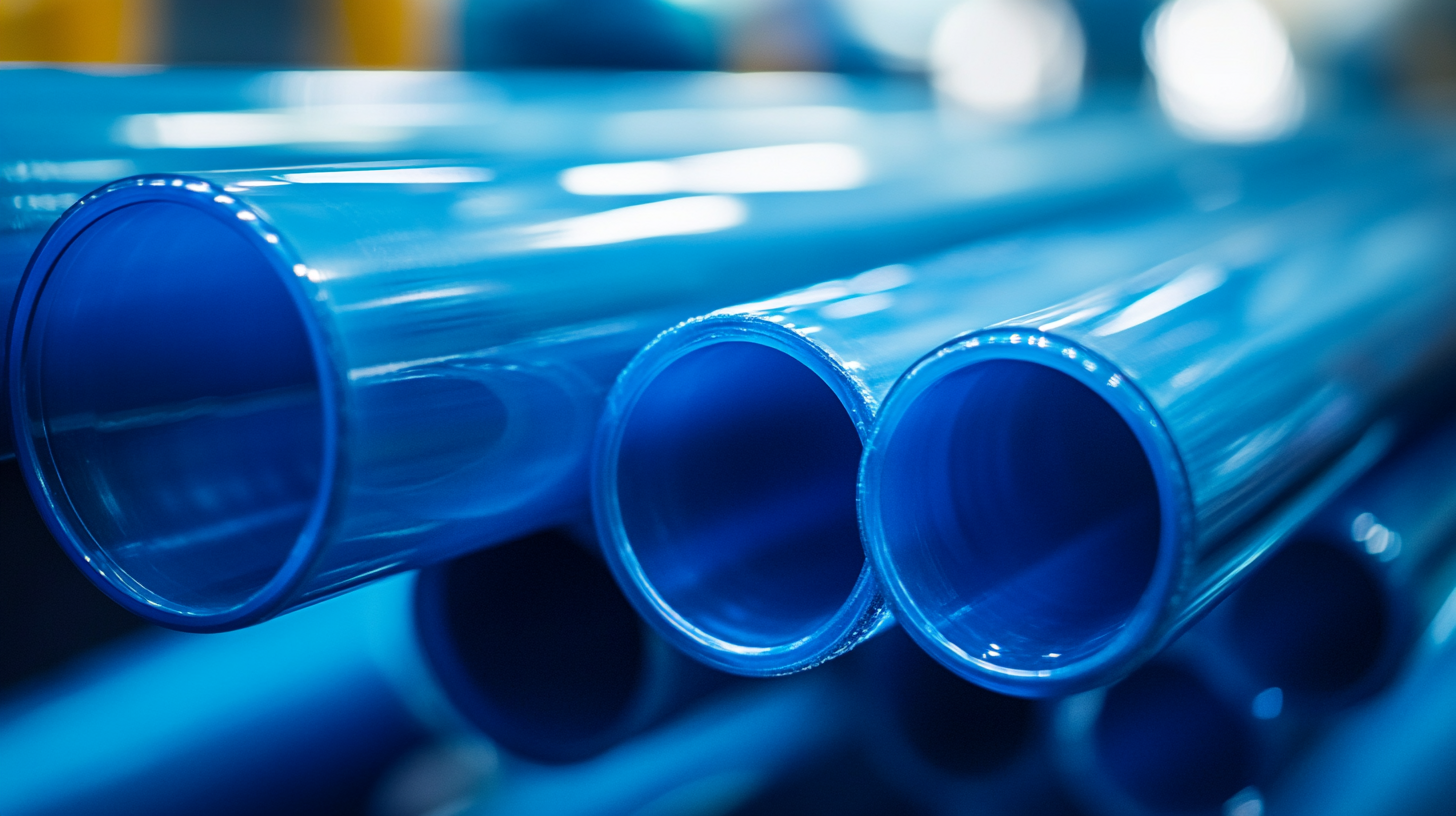Future Innovations in PVC Machinery: 2025 Trends & Advantages for Global Buyers
As the global demand for versatile and sustainable materials continues to rise, the PVC machinery industry is on the brink of significant innovations by 2025. According to a recent market report by ResearchAndMarkets, the global PVC market is projected to reach USD 80 billion by 2026, driven by its applications in construction, automotive, and packaging sectors. This surge is prompting a transformation in PVC machinery, with advancements that focus on energy efficiency, automation, and recyclability. Innovations such as smart manufacturing techniques and enhanced processing methods are redefining production capabilities, enabling manufacturers to meet stringent environmental regulations while optimizing resource utilization. For global buyers, understanding these trends is crucial, as they can leverage advancements in PVC machinery to enhance product quality, reduce costs, and increase sustainability in their operations.

Emerging Technologies in PVC Machinery: What to Expect by 2025
In the evolving landscape of PVC machinery, several emerging technologies are set to reshape the industry by 2025. With the global plastic processing machinery market projected to grow significantly, reaching $34.62 billion by 2032 at a 5.6% CAGR, it becomes imperative for buyers to stay ahead of trends. Innovations in automation and smart manufacturing will likely dominate this space, improving efficiency and reducing operational costs. These advancements will enable manufacturers to streamline production processes, allowing for a quicker turnaround and greater customization of PVC products.
Moreover, sustainability is expected to play a crucial role in the development of future PVC machinery. As global buyers become more environmentally conscious, the machinery market will need to innovate towards eco-friendly practices. Technologies that reduce waste, improve energy efficiency, and facilitate recycling will not only meet regulatory demands but also appeal to a growing demographic of sustainability-focused consumers. By 2025, companies that integrate these emerging technologies can anticipate gaining a competitive edge, ultimately enhancing their market position in an increasingly demanding global environment.

Sustainability Advances: Eco-Friendly Innovations in PVC Production
The evolving landscape of PVC production is increasingly influenced by sustainability advances, as manufacturers strive to minimize their environmental impact. In 2025, we anticipate significant eco-friendly innovations that will redefine how PVC machinery operates. One notable trend is the integration of bioplastics and recycled materials into the production process. This not only reduces the reliance on virgin PVC but also lowers carbon footprints, aligning with global energy conservation goals.
Moreover, innovative machinery technologies are being developed to improve energy efficiency during production. By implementing smart automation and energy-saving features, manufacturers can optimize their processes, resulting in lower operational costs and reduced waste. These eco-friendly advancements not only appeal to environmentally conscious consumers but also enhance competitiveness in an increasingly regulated global market.
As global buyers seek sustainable options, the PVC industry is pivoting towards greener solutions that promise long-term advantages. Companies that adopt these innovations are likely to benefit from enhanced brand reputation and customer loyalty. By embracing sustainability in PVC machinery, the industry is not just addressing environmental concerns; it is paving the way for a more responsible future in material production.

Automation and Smart Machinery: The Future of Efficient PVC Manufacturing
The evolution of automation and smart machinery is transforming PVC manufacturing into a highly efficient and cost-effective process. According to a recent report by MarketsandMarkets, the global smart manufacturing market is projected to reach $514 billion by 2025, driven largely by advancements in automation technologies. These innovations allow manufacturers to optimize production processes, reduce downtime, and cut labor costs significantly. In PVC production, adopting automated systems can enhance precision in material handling, ensuring that production runs smoothly and consistently.
Moreover, the integration of Internet of Things (IoT) devices within machinery offers real-time monitoring and predictive maintenance capabilities. A study by McKinsey indicates that predictive maintenance can reduce machinery downtime by up to 50%, which is particularly valuable in the PVC sector where equipment efficiency directly impacts profit margins. As global buyers seek to improve their operational efficiencies, smart machinery not only meets these demands but also aligns with sustainability goals by minimizing waste and energy consumption. Embracing these technologies today will position manufacturers for greater competitiveness in the evolving landscape of the PVC industry.
Market Trends: Global Demand for PVC Machinery in 2025
The global demand for PVC machinery is poised to experience significant growth as the home decoration market continues to expand. By 2024, the value of the global home decoration market is projected to reach approximately $747.75 billion, with expectations of increasing to $800.23 billion by 2025, and further climbing to $1.1 trillion by 2032. This surge highlights the increasing reliance on PVC products in home decor, emphasizing the crucial role that advanced PVC machinery will play in meeting the escalating needs of this market.
In parallel, the global PVC resin market is set to witness a healthy growth trajectory, with an estimated value of $71.7 billion in 2024, and a projected compound annual growth rate (CAGR) exceeding 4.5% from 2025 to 2034. The rising demand for PVC is driven by its durability and cost-effectiveness, making it a preferred material across various applications. This growth in demand is expected to drive innovations in PVC machinery, ensuring better efficiency and sustainability, thus appealing to global buyers looking for reliable equipment to enhance their production capabilities.
Furthermore, the plastic processing machinery market itself is set for expansion, anticipated to grow from $23.57 billion in 2025 to $34.62 billion by 2032, at a CAGR of 5.6%. This growth reflects the increasing importance of efficient machinery in maintaining competitive advantage in the ever-evolving PVC sector. As these markets continue to expand, global buyers will benefit from advancements in technology and production processes, aligning with the trends expected in 2025 and beyond.
Future Innovations in PVC Machinery: 2025 Trends & Advantages for Global Buyers
Competitive Advantages: How Innovations Benefit PVC Buyers Worldwide
Innovations in PVC machinery are reshaping the landscape for global buyers, enabling them to leverage unique competitive advantages. As manufacturers adopt advanced technologies, such as automation and AI, they enhance production efficiency and reduce costs. According to a recent report by the PVC Machinery Association, the integration of smart technology has resulted in a 20% increase in production speed while cutting down operational expenses by up to 15%. This shift not only boosts profitability for manufacturers but also translates into lower prices and improved quality for buyers.
Moreover, the evolving PVC market presents untapped opportunities, particularly in unsaturated sectors like sustainable packaging and construction materials. The increase in demand for eco-friendly products aligns with the innovations in PVC machinery that prioritize sustainability, enabling manufacturers to produce high-quality materials with reduced environmental impact. As global buyers seek reliable suppliers for these emerging markets, collaboration with innovative machinery producers has become imperative to ensure compliance and competitiveness. In 2025, we can expect these trends to dominate the PVC industry, driving growth and offering significant advantages to well-informed buyers.
Future Innovations in PVC Machinery: 2025 Trends & Advantages for Global Buyers
| Innovation Trend | Description | Advantages for Buyers | Expected Impact |
|---|---|---|---|
| Smart Automation | Integration of AI and IoT in machinery | Increased efficiency and reduced labor costs | Higher production rates |
| Energy Efficiency | Machines designed to use less power | Lower operational costs | Sustainability benefits and profitability |
| Advanced Materials | Use of superior PVC formulations | Enhanced durability and versatility | Broader application range |
| Robotics | Implementation of robotics for precision tasks | Improved accuracy and reduced waste | Better quality assurance |
| Digital Twins | Virtual models for real-time monitoring | Predictive maintenance and reduced downtime | Increased operational reliability |

